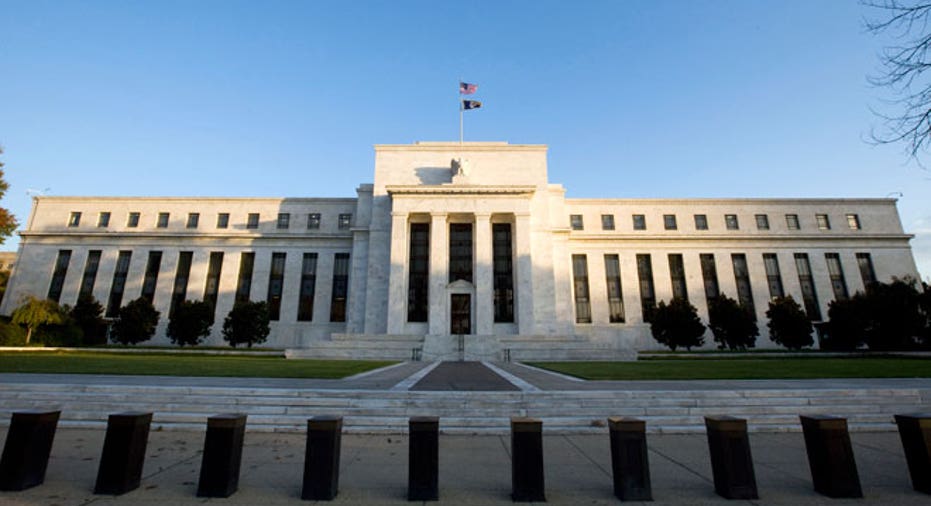How the Fed's Taper Announcement Could Impact Your Finances

The Federal Reserve’s $10 billion taper announcement isn’t a significant cut in the central bank’s massive bond-purchasing plan, but experts say consumers could feel the impact.
“You have to be prepared for interest rates to be rising. Not dramatically, but they will move higher across the board. So if you are taking out a mortgage, buying a car or getting a new credit card, you can expect a higher rate,” says David Joy, chief market strategist at Ameriprise Financial. “But in the big picture, rates will still be relatively low.”
He adds that tapering by the Federal Reserve should be viewed as a positive sign for the economy. “It’s a vote of confidence by the Fed…they wouldn’t do something like this unless they were pretty certain the economic strength was sustainable without their monetary assistance.”
Fed Chairman Ben Bernanke noted on Wednesday that the central bank is committed to hold its key short-term rate near zero, while keeping a close eye on inflation. The Fed "is determined to avoid inflation that is too low, as well as inflation that is too high,” Bernanke said at his last press conference as chairman.
The policy-setting Federal Open Market Committee announced Wednesday after its two-day meeting that it will cut bond purchases by $10 billion per month to $75 billion starting in January. The Fed will cut back on both types of bond purchases, mortgage-backed securities and Treasuries, by $5 billion each.
Wall Street economists broadly expected the central bank to hold its monetary policy steady until 2014.
The Fed’s interest rate policy has kept financing more affordable, with cheap money making it easier to buy big-ticket items like houses and cars, and to invest in the stock markets.
Housing
The housing market experienced a boon from the Fed’s quantitative easy policy, which pushed (and kept) mortgage rates at historic lows over the last few years. When talk of tapering first started in May, interest rates started to climb, with the 30-year fixed mortgage rates rising to 4.42% from 3.35%. Wednesday’s announcement could send mortgage rates even higher, Joy says.
While mortgage rates still remain low, there is some concern that the tapering could hit the pause button on housing’s recovery. Lower interest rates increase homeowners’ disposable income and lead to higher consumer spending—a critical part of economic strength.
“Housing has been the backbone to the recovery,” says Joy. “When rates backed up over the summer, housing number flatlined. They didn’t decline per say, but they stopped accelerating. So if rates move higher it will be important to keep an eye on activity.”
Credit Demand/Consumer Spending
Experts say the future of credit demand depends on how much and how fast rates rise.
Lending practices have remained tight since the financial collapse, but Joy doesn’t expect the slowdown in the monthly cash injection to further constrict lending. “Excess reserves are more than plentiful. The issue of credit availability is about the willingness to lend, and tapering should be viewed as a vote of confidence and increase lenders’ willingness. But don’t expect that to change overnight.”
He says the recent surge in the manufacturing sector stems from automobile purchases—many of which are based on credit. “We could see a pull back here if higher rates come along.”
Experts say tapering could also mean higher interest rates for consumers’ savings accounts, a welcome change from the current low-interest environment that made it hard for some to grow their savings.
Michael Block, chief strategist at Rhino Trading Partners, says how consumers will react to higher rates is the “wild card.”
“On the margins they can handle it. There is a lot of room for things to move, but there’s no way to tell how this move will impact personal consumption. If mortgage rates are higher and people can't buy or refinance at rates they want to, and consumer loan rates move higher that could create significant headwinds.”
He says the Fed’s announcement is good news for the banking sector because it injects more confidence, which can lead to higher loan and revenue growth. “When you have rates sitting at near zero for so long, you see companies borrowing money to do things like buy back stocks. Tapering and bringing in higher rates might force companies to move further up the risk curve and spend money on their business.”